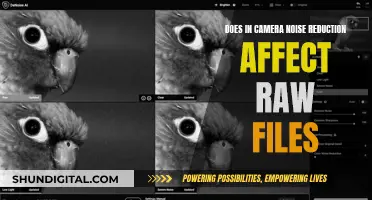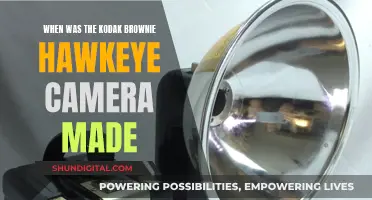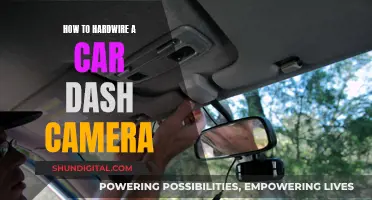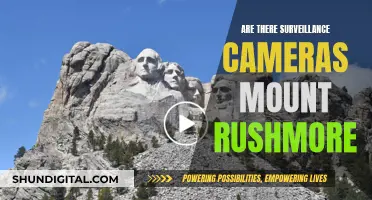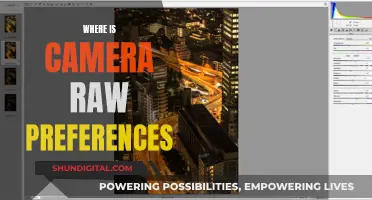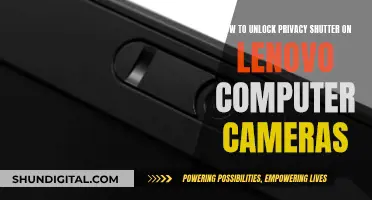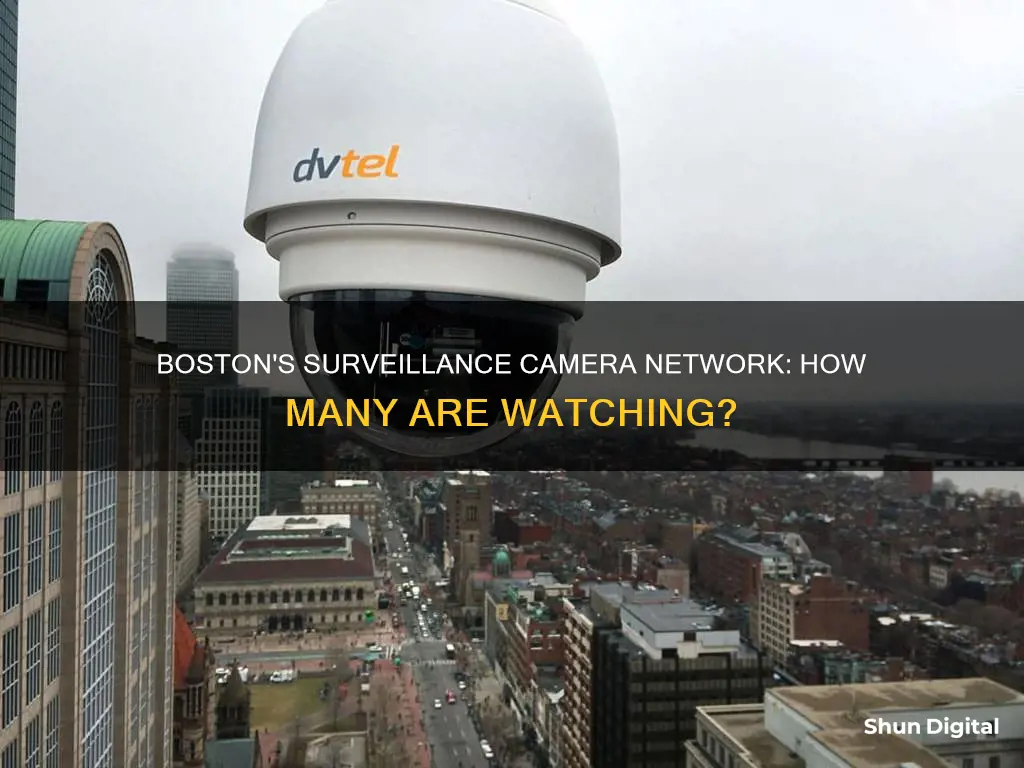
Boston has a vast surveillance system, with cameras monitoring the city's streets, subway stations, and schools. While the exact number of cameras is unknown, estimates place the figure at several hundred, if not more. The Boston Police Department (BPD) has access to these cameras and can utilise facial recognition technology to track individuals. This has raised concerns among privacy advocates and civil liberties groups, who worry about the potential for abuse and the targeting of marginalised communities.
| Characteristics | Values |
|---|---|
| Number of surveillance cameras in the Boston Metropolitan Area in 2007 | 147 |
| Number of surveillance cameras in the City of Boston in 2007 | 55 |
| Number of surveillance cameras in towns and cities surrounding Boston in 2007 | 92 |
| Number of cameras on the MBTA subway system | 402 |
| Number of cameras to be added to the MBTA subway system | 186 |
| Number of surveillance cameras in Boston in 2013 | Hundreds |
| Number of cameras proposed for the surveillance network in 2021 | 1,000 |
| Number of cameras proposed for Boston in the 2021 surveillance network | 750 |
What You'll Learn
- Boston has at least 55 UASI-networked cameras, with an additional 92 in surrounding cities
- Boston's camera network is smaller than London and New York
- Boston Transportation Department has access to BPD cameras
- MBTA operates hundreds of surveillance cameras on trains and buses
- Boston nixed a proposal for a surveillance network that would link more than 1,000 cameras

Boston has at least 55 UASI-networked cameras, with an additional 92 in surrounding cities
Boston has a sophisticated surveillance system, with a large number of cameras in operation. The exact number of surveillance cameras in Boston is not known, but it is estimated that there are at least 55 Urban Area Security Initiative (UASI)-networked cameras in the city. These are spread across nine cities in the Boston metropolitan area: Boston, Brookline, Cambridge, Chelsea, Everett, Revere, Quincy, Somerville, and Winthrop. The UASI funding from the Department of Homeland Security has allowed for the expansion of the camera network, with Phase I including the installation of 44 cameras in Boston.
In addition to the UASI-networked cameras, there are an estimated 92 further cameras in the surrounding cities and towns, bringing the total number of cameras in the networked system to approximately 147 as of 2007. The system has likely expanded since then, with subsequent phases of development and additional funding.
The surveillance camera network in Boston is part of a broader trend of cities installing extensive camera systems for security and crime prevention. Boston's camera network is smaller than those in London and New York, but it has played a key role in identifying suspects in high-profile cases, such as the Boston Marathon bombings.
The use of surveillance cameras in Boston has sparked debates about privacy and civil liberties. While some argue that the cameras improve security and help solve crimes, others express concerns about the potential for government overreach and the impact on personal freedom. There have been efforts to increase transparency and accountability in the use of surveillance technology, with the Boston City Council passing an ordinance in 2021 to address these issues.
Food Photography: Camera Settings for Delicious Shots
You may want to see also

Boston's camera network is smaller than London and New York
Boston's camera network is much smaller than those in London and New York. While the exact number of surveillance cameras in Boston is unknown, estimates place the figure at around 147 cameras as of 2007, with 55 of these in Boston itself. This is a far cry from the number of cameras in London and New York, which are estimated to be in the thousands.
London, for example, is estimated to have over 942,562 CCTV cameras as of 2022, with some sources placing the figure even higher. This means that there is approximately one CCTV camera for every 10 people in London, and an average Londoner is likely to be captured on CCTV up to 70 times per day.
New York City, meanwhile, is reported to have over 18,000 CCTV cameras as part of the NYPD's Domain Awareness System (DAS). This system is used to perform surveillance across the city and is said to have cost hundreds of millions of US dollars to produce and maintain.
In comparison to London and New York, Boston's camera network is significantly smaller in scale. However, it is important to note that Boston's camera network has expanded over the years, with additional phases of CCTV expansion taking place after 2007.
Furthermore, Boston's camera network is not limited to fixed CCTV cameras. The city also utilizes mobile surveillance technologies, such as drones, which can be deployed for security and monitoring purposes during large-scale events or emergencies.
While Boston's camera network may be smaller than those in London and New York, privacy advocates have raised concerns about the potential for over-surveillance and the impact on civil liberties. In 2021, a proposal for a vast surveillance network linking over 1,000 cameras in nine Greater Boston communities was scrapped due to these concerns.
Samsung Galaxy S10: Night Mode Camera Feature Explained
You may want to see also

Boston Transportation Department has access to BPD cameras
The Boston Transportation Department (BTD) has access to Boston Police Department (BPD) cameras. This partnership is part of the city's extensive surveillance system, which includes cameras installed by the BPD and other agencies. While the exact number of cameras in Boston is not publicly known, estimates place the figure at around 55 UASI-networked cameras as of 2007, with additional cameras installed since then.
The BPD's camera network is an integral part of the city's security infrastructure and has played a crucial role in identifying suspects and solving crimes. For example, in the aftermath of the Boston Marathon bombings in 2013, video evidence from surveillance cameras, including those from the BPD's network, was critical in identifying the perpetrators. The BPD's camera network has also been utilized in other major incidents, such as the Vancouver riots in 2011, where video analysis helped identify individuals engaging in criminal activity.
The BTD's access to the BPD's cameras is part of a broader effort to enhance the city's security and improve information sharing between different agencies. The BPD's camera network is just one component of Boston's surveillance system, which also includes cameras operated by other agencies such as the MBTA, which has hundreds of cameras in the subway system and on buses. Additionally, private businesses and residents also contribute to the city's overall camera coverage through their own security systems.
While the BTD's access to the BPD's cameras can provide benefits in terms of security and information sharing, it is important to consider privacy implications. Boston has recognized the need for clear surveillance policies and, in 2021, passed an ordinance to build transparency and accountability into the use of surveillance technology. This ordinance requires the publication of policies outlining how each department utilizes surveillance tools and mandates annual reporting on their usage.
The BTD's access to BPD cameras is just one example of the complex and interconnected nature of Boston's surveillance system. The city has invested significant resources in expanding its camera network, and various agencies work together to share information and enhance security. While this can have benefits for public safety, it also raises important questions about privacy and civil liberties, which the city has sought to address through its surveillance oversight ordinance.
How to Keep Your WiFi Camera Charged and Ready
You may want to see also

MBTA operates hundreds of surveillance cameras on trains and buses
The Massachusetts Bay Transit Authority (MBTA) operates a vast network of surveillance cameras on its trains and buses in the metropolitan Boston region. The MBTA has been actively installing new surveillance cameras in train stations and on its vehicles to enhance safety and security for passengers and staff. This initiative is part of the MBTA's ongoing commitment to ensuring a safe and positive travel experience for its customers.
As of 2012, the MBTA had 402 security cameras in the subway system, with plans to add an additional 186 cameras. These cameras are monitored from multiple locations, including the MBTA's Operations Control Center (OCC), the Transit Police Department, and the MEMA Emergency Operations Center in Framingham. The Transit Police Department also patrols the system throughout the day, working together with the cameras and MBTA staff to maintain a vigilant watch for any suspicious activities.
The MBTA has also been equipping its bus fleet with surveillance cameras. Out of approximately 1,000 buses, 370 currently have cameras installed. This measure is intended to enhance safety and protect both passengers and drivers from potential incidents. The installation of cameras on buses is part of the MBTA's comprehensive approach to security, ensuring that all aspects of its transit system are carefully monitored.
The use of surveillance cameras by the MBTA has sparked some debate, with critics questioning their effectiveness in reducing crime and expressing concerns about privacy. However, the MBTA maintains that these cameras are a crucial component of their safety measures. The cameras provide an additional layer of security, allowing for real-time monitoring and quick response to any incidents that may occur on their trains and buses.
The MBTA's extensive network of surveillance cameras on trains and buses demonstrates their commitment to utilising technology to enhance safety and security for commuters. By investing in these security measures, the MBTA aims to create a more secure travel environment for passengers and staff alike, addressing concerns, and ensuring a positive and timely travel experience.
Avoid Camera Tickets: Tips for Des Moines Drivers
You may want to see also

Boston nixed a proposal for a surveillance network that would link more than 1,000 cameras
Boston has a long history of implementing surveillance technology, from the use of CCTV cameras to social media monitoring tools. In July 2021, Acting Mayor Kim Janey's administration scrapped a proposal to create a vast surveillance network that would link over 1,000 cameras in nine communities in the Greater Boston area. This decision was made amid concerns from privacy and civil liberties advocates, who argued that such a system could infringe on personal privacy and be subject to abuse or misuse.
The proposal, released in April 2021, aimed to create a wireless network of cameras with video-sharing capabilities across Boston and eight surrounding cities: Brookline, Cambridge, Chelsea, Everett, Quincy, Revere, Somerville, and Winthrop. The system would have included an estimated 750 cameras in Boston and a total of over 1,000 cameras across all nine communities.
The primary goal of this surveillance network was to provide "critical physical infrastructure" within a federally designated Homeland Security region in Greater Boston. According to the proposal, any user from a participating jurisdiction would have access to and control of any camera in the system, subject to the rights and rules defined by system administrators.
However, the proposal faced opposition from various quarters. Some officials from the communities included in the plan claimed they were unaware of it. Privacy advocates, such as the ACLU of Massachusetts, raised concerns about the potential invasion of privacy and the lack of transparency in the decision-making process. There were also worries about the potential for misuse or abuse of the system, especially given the large number of people who would have had access to it.
In addition to privacy and civil liberties concerns, there was also scepticism about the effectiveness of such a large-scale surveillance system in preventing crimes. The Surveillance Studies Centre at Queen's University in Ontario, for example, has stated that urban surveillance systems have not been proven to deter criminal activity.
The decision to nix the proposal was ultimately made by Acting Mayor Janey, who had previously sponsored a surveillance oversight ordinance as a city councilor. In an email statement, a spokeswoman for Mayor Janey affirmed the administration's commitment to ensuring that "camera use protects personal privacy and serves the public interest."
This incident highlights the ongoing debate surrounding the use of surveillance technology in Boston and across the United States. While some argue that surveillance cameras can aid law enforcement and improve public safety, others express concerns about the potential negative consequences for privacy and civil liberties and the effectiveness of such measures in preventing crimes.
Extending Camera Battery Life: Testing Tips and Tricks
You may want to see also
Frequently asked questions
As of 2007, there were approximately 147 cameras in the networked system, excluding MBTA and other possible data inputs from either other public entities or private corporations.
Yes, in 2021, there was a proposal to link more than 1,000 cameras in nine Greater Boston communities. However, the proposal was scrapped due to privacy and civil liberties concerns.
The primary goal of the surveillance network is to provide key pieces of "critical physical infrastructure" within a federally designated Homeland Security region in Greater Boston. The cameras are also used to identify and track suspects, and to monitor celebrations and unplanned events.
The footage is accessible to local and federal law enforcement agencies, including the Boston Police Department, the Federal Protective Service, and the Department of Homeland Security.
There are concerns about privacy and civil liberties, particularly regarding the potential for abuse and the misidentification of suspects. There are also questions about the effectiveness of the cameras in preventing crimes.


